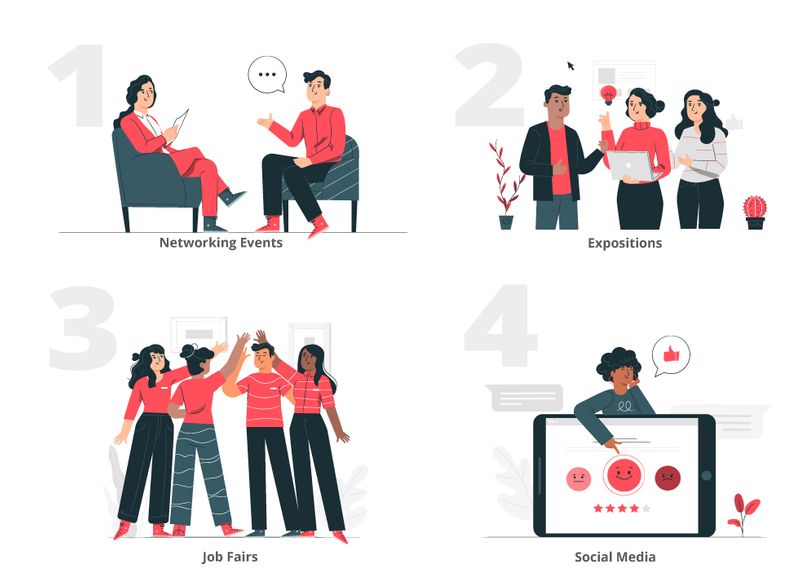Imagine you are in an elevator and you find yourself next to the CEO of the tech company that could propel your business into the future.
You’ve got less than a minute to provide a compelling introduction to your business idea. How do you do that?
An Elevator Pitch is a presentation technique that allows an entrepreneur to present his or her venture in a brief yet impactful manner.
Elevator Pitches are helpful in situations like: 
Know Your Audience
Before you address a stranger, it is important to ask yourself:
Why am I pitching to this person?
Are they potential investors or employers? If so, they will want to know more about revenue and results, while potential clients will probably be more interested in connecting to you through stories.
Know your audience's motivations so you can make your pitch effective for them.
What Should Make Up Your Elevator Pitch?
Introduce yourself
Start off with a brief intro that includes your name and position.
"Hello! I am Anne Brown, founder of Anne's Cupcakes."
Engaging opening
Give your audience a fact or brief story to get them hooked and want to listen to you.
"Did you know that sugar makes up to 17% of what children eat in a day?"
 One-sentence explanation
One-sentence explanation
In order to explain your business idea in one sentence try answering the following questions:
What is the name of your venture?
What is your venture about?
Who is your target market?
How long have you been doing it?
What results have you had so far (if any)?
"Anne's Cupcakes is a home bakery that makes delicious low-sugar cupcakes for families who care about healthy alternatives; in 6 months we have grown to serve over 50 families."
Talk about innovation
Explain what makes your business idea different from its competitors.
"Our bakery uses organic ingredients and natural sweeteners to flavor our cupcakes."
Establish your objective
Use assertive words to persuade your listener to take action or follow-up.
“It would be great to have a conversation about how you can invest in this thriving business.”
Identify means of communication
Ask for contact information and present your business card.
“I will gladly send you more information about our project. What's the best address to send it to? .... Here is my contact information.”
Close with a promise
State when and how you will follow-up on this conversation (and keep that promise).
“It was great to meet you, I will send you the information on Friday. Thank you for your time.”
Watch this example of a contest-winning elevator pitch.
Quiz
What could he have done better?
Listen To This Example
Quiz
What is Andrea pitching?
Things To Keep In Mind...
 Photo by Volodymyr Hryshchenko on Unsplash
Photo by Volodymyr Hryshchenko on UnsplashUse assertive and persuasive language.
Avoid talking too much about the competition, rather focus on the positive aspects of your idea, and what differentiates you.
Innovation can be found anywhere, from special technologies to social impact.
Stay calm and speak in a conversational tone. If you are nervous, try to hide it!
When making a personal pitch, don't be shy to talk about your success!
Take Action
It is not enough to have an engaging pitch, you also need to be prepared to present it any time, anywhere, and to follow-up on every pitch. Keep the following in mind:
1. Practice! Find an honest friend you can practice with to prepare yourself.
2. Never forget your presentation cards. Also ask for their contact information whenever possible.
3. Update your pitch constantly to reflect any changes in your project or experience.
4. Stay open to feedback. Every potential ally has great things to teach us, keep your ears and mind open.
Your feedback matters to us.
This Byte helped me better understand the topic.
